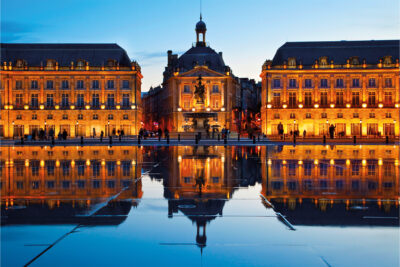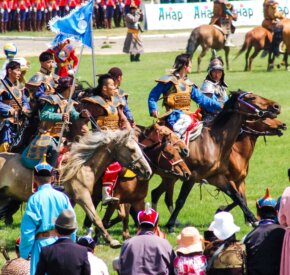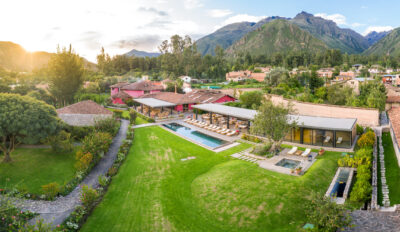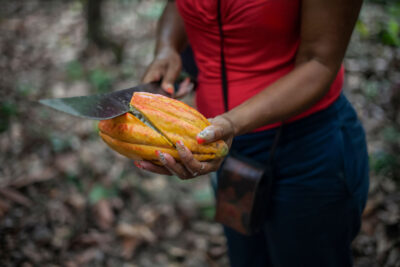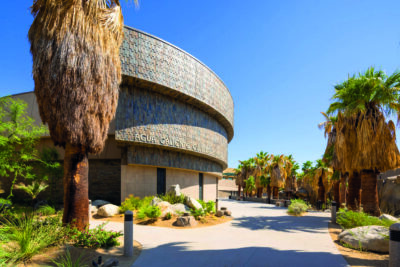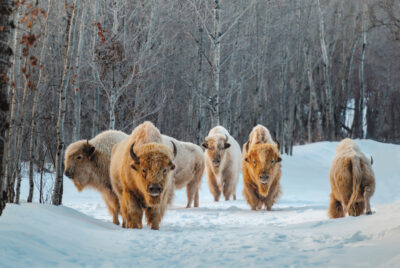
Six ways to experience traditional Métis culture in Canada
The Métis Peoples have First Nations and Euro-settler ancestry, but being a part of the Métis Nation is more than just Indigenous ancestry. Debbie Olsen looks at how you can learn about their culture firsthand
The Métis have been referred to as “Canada’s forgotten people”. Though the Métis Nation began some 400 years ago, they were not recognised as a distinct people with Indigenous status in Canada until the 1982 Canadian Constitution Act. The path to establishing their rights has featured many battles, including armed conflicts, political negotiations and landmark legal cases.
The Métis Peoples have both First Nations and European ancestry. Between the 17th and mid-19th century, the fur trade was thriving in Canada, attracting thousands of European men eager to make their fortunes. When they married First Nations women, their offspring were classed as métis, meaning mixed in French. These children grew up exposed to both First Nations and European cultures (primarily French and Scottish). The Métis men often worked in the fur trade as hunters, trappers, clerks and interpreters, or as voyageurs paddling the rivers trading and transporting furs.
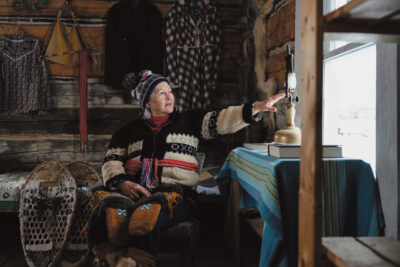
Those who are part of the Métis Nation typically trace their ancestry back to the Red River Settlement, a group that developed its own distinct culture, language and identity. It was the hard-won recognition of this unique culture that eventually resulted in the designation of the Métis Peoples as one of the three recognised groups of Indigenous Peoples of Canada.
In the early 19th century, a large number of Métis people lived in the Red River Settlement on the Red and Assiniboine rivers in what is now Manitoba. It was there that Métis culture and language blossomed. The Michif language is a unique combination of mostly French and Cree, with English, Ojibwe and Assiniboine influences. The Métis developed their own culture, including art, music, dance, customs and spirituality. Look for the Métis sash, a finger-woven belt that is a symbol of their cultural identity.
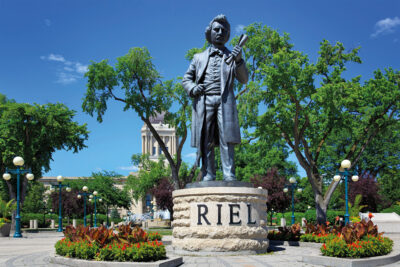
The Red River Resistance (1869–1870) was the first armed uprising of the Métis Peoples against the Canadian government, sparked by the fear of losing their land and culture. Their leader, Louis Riel, became an outlaw in the eyes of the Canadian government. He went on to lead the North-West Rebellion in 1885, which resulted in a series of armed conflicts and, ultimately, his arrest, trial and hanging. The battle for Métis rights continues in the courts today.
Louis Riel Day, on the third Monday of February, is now a holiday in Manitoba, in recognition of the man who founded the province, and his family home in Winnipeg is a National Historic Site. This is a good place to start for visitors wanting to learn more about Métis culture. But there are many Métis sites, festivals and events too, with both Winnipeg and Batoche home to celebrations that offer the chance to experience traditional dancing and cooking.
Six ways to experience traditional Métis culture
1. Métis Crossing, Alberta

Located about 120km north-east of Edmonton, Métis Crossing was built on the original river lots of Métis settlers. It has a 40-room boutique lodge, skywatching domes, trapper-style glamping tents and a campground to accommodate overnight stays. The cultural centre has displays and cultural activities, and there is a restaurant that serves Indigenous-inspired cuisine. In summer, you can paddle a voyageur canoe on the river; in winter, snowshoeing, skating and cross-country skiing take over. There is also a wildlife tour that features the rare chance to see white bison, considered sacred by Indigenous peoples.
2. Batoche National Historic Site, Saskatchewan
An hour’s drive north of Saskatoon, this historic location provides the opportunity to experience life in a 19th-century Métis settlement. Batoche was the site of the final battle of the North-West Resistance of 1885 and Louis Riel’s last stand. Guided tours of the village are led by staff in period costume, and weekend workshops can teach visitors Métis crafts and skills. There is also a walking trail with great views of the South Saskatchewan River.
Read next: Return of the bison: The untold stories of Indigenous Saskatchewan
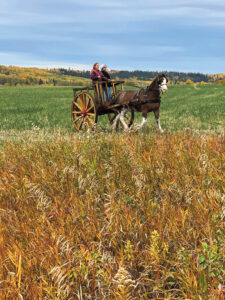
3. Riel House National Historic Site, Manitoba
Louis Riel was a Métis leader and the founder of the province of Manitoba. At Riel House National Historic Site in Winnipeg, you can see his restored family home and learn about his struggle to protect his community and the Métis way of life after the Hudson’s Bay Company sold Rupert’s Land (where the Métis Peoples lived) to the Dominion of Canada. This site provides insight into their everyday life at a turbulent time in Métis history. In Winnipeg, you can also visit Riel’s gravesite at St Boniface Roman Catholic Cathedral Cemetery, the oldest cemetery in Western Canada.
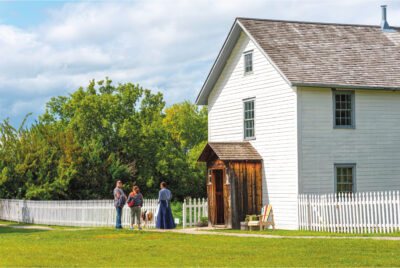
4. Rocky Mountain House National Historic Site, Alberta
Just outside the community of Rocky Mountain House, this restored trading post on the North Saskatchewan River brings the story of the fur-trade era into focus. Rocky Mountain House National Historic Site is home to a recreated Métis camp with costumed interpreters, a bison herd, walking trails, a campground, a blacksmith shop and interactive displays. It also offers bookable cultural experiences, such as the chance to meet and learn from a Métis Elder.
5. Take a tour with a Métis guide in Alberta
The Indigenous Tourism Association of Canada offers an array of authentic Indigenous experiences. In Alberta, some of the best Métis guided experiences include a tour of downtown Edmonton with Talking Rock Tours, a medicine walk in Banff or Sundre with Mahikan Trails and an archery lesson and overnight stay at Painted Warriors Guest Ranch, near Sundre.
6. Attend a festival that celebrates Métis culture
There are many festivals of Métis culture in Canada. Festival du Voyageur is a nine-day event that happens every February in Winnipeg, with music, dancing, food and storytelling all highlighting Métis culture. Or visit Batoche during its annual four-day Back to Batoche festival in July. Expect fiddling, jigging and square dancing, as well as traditional food and games.
Read next: 9 of the top festivals in Canada







